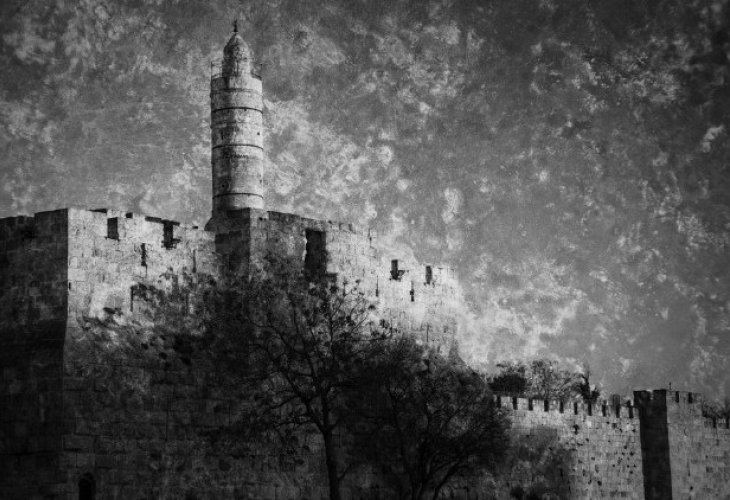History and Archaeology
Mark Twain’s Surprising Description of Jerusalem in 1867: A Forgotten Chapter of the Holy City
How the famous American author saw a desolate, impoverished Jerusalem — and why his vivid account matters for understanding the city’s transformation today

In 1867, the American humorist and author Mark Twain boarded the steamship Quaker City on his way to the Holy Land. It was the first organized tour of American travelers across the Atlantic, and Twain joined a large group of Americans — most of them devout Christians eager to see the Land of the Bible. Twain, not particularly religious himself, joined out of curiosity and the hope that the trip would provide plenty of material for his humorous newspaper columns.
His hope was fulfilled. The collection of columns he wrote during his travels was published two years later under the title “The Innocents Abroad.” To this day, it remains a beloved and entertaining travel book. But his descriptions of the Land of Israel — especially Jerusalem, are particularly fascinating.
First Impressions of Jerusalem
How did Jerusalem appear to an outsider 150 years ago? The name “Jerusalem” was, of course, familiar to anyone who had read the Bible, evoking images of majesty, prophecy, holiness, and splendor.
Twain describes arriving at Jerusalem as follows: “At last, at midday, pieces of ancient wall and crumbling arches began to appear on the horizon. We climbed one more hill — and every pilgrim and every sinner among us lifted his hat: Jerusalem!”
After the initial excitement passed, what struck the group most was how small the city was. “So small! It is no larger than an American village of four thousand inhabitants… Jerusalem contains only about fourteen thousand people.”
A Tiny, Dilapidated City
Twain continues: “A good walker can circle the city walls in an hour. I know of no other way to convey how small it is… The streets are narrow, poorly paved, and cats leap easily from the rooftops on one side to the rooftops on the other — even if the streets were twice as wide… Needless to say, no carriage can pass through these lanes.”
The population impressed him even less: “Rags, wretchedness, poverty, and dirt everywhere… Lepers, cripples, the blind and the mad rush upon you from every direction, and they seem to know but one word in one language — an eternal ‘bakshish.’ Crowds of deformed, maimed, and sick people gather at the holy sites and block the gates… Jerusalem is a mournful, dreary, lifeless city. I would not care to live here.”
At the Western Wall
Twain describes the Western Wall and its worshipers: “A portion of the ancient wall called the ‘Wailing Place of the Jews,’ where the Hebrews assemble every Friday to kiss the holy stones and weep over the downfall of Zion.”
After a short tour that included a few churches, the travelers decided it was time to move on: “There is nothing more to see in Jerusalem.”
Jerusalem in 1867: A Ruined City
In 1867, any Jew visiting or living in Jerusalem could feel the destruction:
A city long abandoned by its ancient glory
A population mostly of poor, uneducated non-Jews
A place that tourists visited but found little noteworthy aside from a few Christian sites and the Dome of the Rock
A city of barely 14,000 residents, its narrow streets serving as an ideal playground for cats
For nearly two thousand years, Jerusalem was a defeated, neglected, and desolate place — literally as the prophets described: “Foxes walk upon it.”
Jerusalem Today: A Modern Miracle
Today, Jerusalem is a vast and vibrant metropolis, and it takes effort to remember that for most of Jewish history it was a place of ruin. We live in the miracle of a rebuilt Jerusalem — transformed from gloom and desolation into a beautiful, thriving capital.
On the 17th of Tammuz, as we mourn the destruction, it is worth remembering the Jerusalem of old — so that we can pray not only for physical rebuilding, but for its spiritual revival, the full restoration of its ancient glory.

